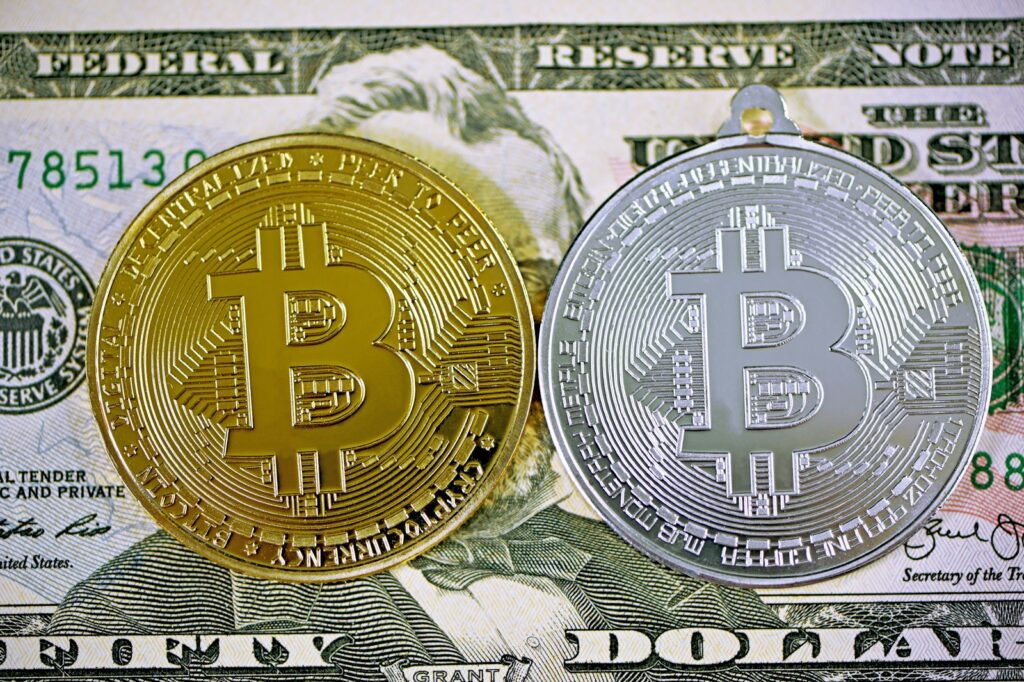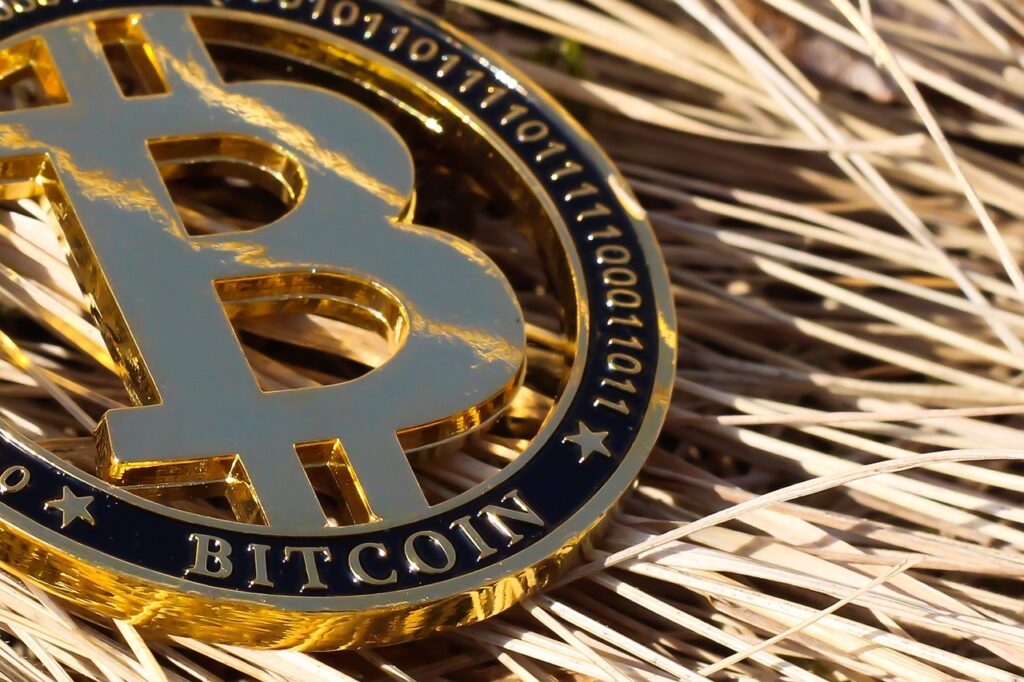Main Points:
- Bitcoin whales have significantly slowed their accumulation pace, now only increasing holdings by 1% per month.
- The demand indicators for Bitcoin are currently weak, and a new all-time high requires additional demand drivers.
- Permanent holders, who never sell their Bitcoin, are accumulating at an unprecedented rate despite the overall market slowdown.
- Speculative investors are facing unrealized losses due to recent price declines, contributing to cautious market behavior.
In the ever-evolving world of cryptocurrency, the dynamics of Bitcoin (BTC) accumulation and market sentiment are constantly shifting. Recent data from CryptoQuant reveals that the accumulation rate of Bitcoin by large investors, commonly known as “whales,” has significantly slowed. This deceleration in whale activity could have profound implications for the market, especially as Bitcoin attempts to reach new all-time highs. However, while whales are pulling back, a different group of investors, the permanent holders, are increasingly confident in their long-term Bitcoin investments. This article explores these trends, the factors influencing them, and their potential impact on the broader cryptocurrency market.
The Slowdown in Whale Accumulation: A Critical Trend
Whales, the massive investors who typically have the power to move markets, have been accumulating Bitcoin at a much slower rate in recent months. According to CryptoQuant, the 30-day percentage change in whale holdings has dropped dramatically—from a 6% increase in February 2024 to just 1% by August. This marked slowdown contrasts sharply with historical patterns, where a monthly growth rate of 3% or more in whale holdings often correlated with significant Bitcoin price increases.
This reduction in whale activity suggests a cautious stance among large investors, possibly due to the lack of strong catalysts that could drive Bitcoin’s price to new heights. The market has not seen any substantial new developments that could reignite strong buying momentum among whales, who typically seek clear signals before making large-scale purchases.
The Role of Spot Bitcoin ETFs: A Fading Alternative?
In the past, spot Bitcoin ETFs have been seen as a potential game-changer for increasing Bitcoin demand. However, recent data shows that daily net inflows into these ETFs have been underwhelming. Despite some initial optimism, the average daily inflow into spot Bitcoin ETFs was only 1,300 BTC last week—a fraction of the totals seen in March 2024.
CryptoQuant suggests that a revival in ETF purchases could boost overall Bitcoin demand and contribute to a price increase. However, without this uptick, the market may continue to struggle with low momentum, as the current inflow levels are insufficient to counterbalance the reduced whale accumulation.
Permanent Holders: The Silent Strength Behind Bitcoin
Contrary to the behavior of whales, permanent holders—investors who buy Bitcoin and rarely, if ever, sell—have been accumulating Bitcoin at an unprecedented rate. CryptoQuant’s report highlights that the total balance held by these permanent holders has been increasing at a record pace of 391,000 BTC per month, even surpassing the accumulation rates seen in the first quarter of 2024 when Bitcoin prices exceeded $70,000.
This continued confidence from permanent holders indicates a strong belief in Bitcoin’s long-term value, regardless of short-term market fluctuations. Their ongoing accumulation provides a foundation of support for Bitcoin’s price, potentially stabilizing it even as other investor segments become more cautious.

Speculative Investors and Unrealized Losses
The cautious approach of more speculative investors can be partly attributed to recent price movements. Bitcoin’s dip to a six-month low in early August 2024 left many recent buyers with unrealized losses. According to data from BGeometrics, the cost basis for this group remains above the current spot price, which hovers around $63,000.
This situation has likely contributed to a more conservative stance among speculative investors, who are hesitant to re-enter the market aggressively until they see clearer signs of a recovery. The presence of unrealized losses serves as a psychological barrier, preventing a quick rebound in buying activity.
Market Implications and Future Outlook
The current market environment for Bitcoin is characterized by a mix of caution and confidence, depending on the investor segment. Whales are adopting a wait-and-see approach, accumulating Bitcoin at a slower pace, while permanent holders remain undeterred, steadily increasing their exposure. Meanwhile, speculative investors are grappling with unrealized losses, which may lead to further market hesitation.
For Bitcoin to achieve a new all-time high, it will likely require a combination of renewed whale activity, increased ETF inflows, and a shift in sentiment among speculative investors. Until these elements align, Bitcoin’s price may continue to experience periods of stagnation or mild volatility.
Moreover, external factors such as macroeconomic conditions, regulatory developments, and technological advancements in the blockchain space could play crucial roles in shaping Bitcoin’s trajectory. Investors and market watchers should closely monitor these dynamics as they could provide the necessary catalysts for the next significant move in Bitcoin’s price.
The current state of the Bitcoin market is one of cautious optimism tempered by uncertainty. While whales have slowed their accumulation, permanent holders are stepping up their purchases, indicating strong long-term confidence in Bitcoin. However, the market’s overall demand remains subdued, and speculative investors are wary of re-engaging until more favorable conditions emerge. The interplay between these different forces will determine Bitcoin’s path forward, making it a critical time for investors to stay informed and agile in their strategies.


